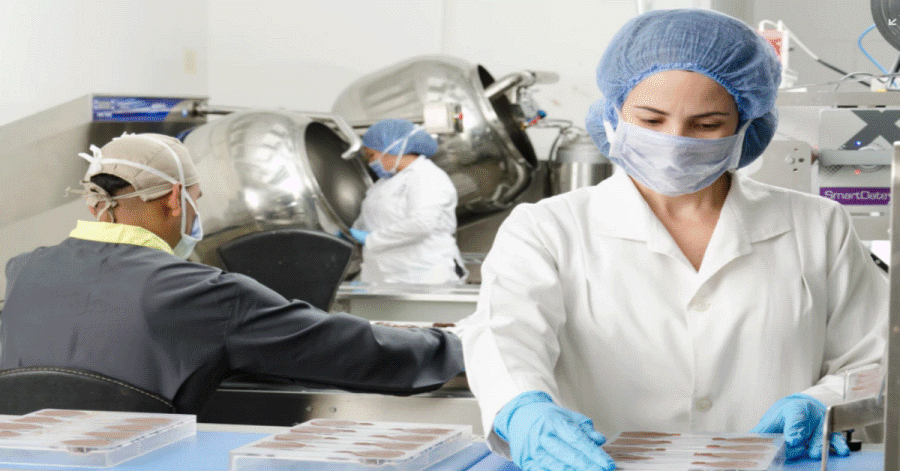Many of us face medical crisis. Hospitalisation, post hospitalisation care and medicines are becoming costlier day by day and it is difficult for lower and middle-income class to afford the same. Only an insurance cover can provide monetary protection against such unforeseen events.
Also, it is the Government’s responsibility to provide affordable healthcare to all. It creates awareness about healthcare and the need for insurance.The premium is kept in such a way so that the public at large can avail the benefits from them.
Different types of Central Government health schemes in India:
Employment State Insurance Scheme: This program is funded by both the employers and the employees’ contributions- 4.75% and 1.75% of their wages respectively towards it.
The Act covers more than 2.13 crores of individuals or family units, the cumulative cover being 8.28 crores.
Employees who get less than Rs.137 a day are exempt from contributing. Monetary sickness compensation at 70% of the income will include employees for a limit of 91 days per year during the times of certified sickness.
Central Government Health Scheme: The scheme is available for the current and retired employees of the Central Government. It covers many things including allopathy and non-allopathic or Ayush therapies. Hospitalization, home treatment, counselling programs, health education, prescription reimbursements, cost of hearing aids, artificial limbs etc. are under the broad coverage provided under this scheme.
Universal Health Insurance Scheme: This scheme is meant to benefit the lower income groups. It also provides personal accident cover, in the event of the death of the breadwinner, in addition to paying for medical bills, it compensates the family.
The Group Policy is provided a schedule of members’ names and their qualifying family members who are part of it.
Medical reimbursement of Rs.30,000 is given for hospitalisation due to illness or injury. This is inclusive of Rs.2500 for normal maternity and Rs.5000 for caesarean delivery. Rs.15,000 being the maximum amount to be claimed per disease excluding maternity benefits.
The persons between 5 to 70 years of age are covered.
Pradhan Mantri Jan Aarogya Yojana under Ayushman Bharat: Being a flagship scheme of the Government, it gives priority to girl child, women and senior citizens. Pre-existing diseases are covered. Medications and diagnostic costs prior to hospitalization up to 3 days are considered. Charges for diagnostic care, room expenses, doctor’s fees, surgeon’s fees, equipment, ICU and OT fees are covered. Fertility treatments, cosmetic surgeries, organ transplants and outpatient expenses are not covered.
Aam Aadmi Bima Yojana: LIC being the only provider under this scheme, it protects the participants of 48 occupational categories. The insured should be from 18 to 59 years of age. He/she should belong to the Below Poverty Line family or to the vocational community above the poverty line.Rs.30,000 is paid due in the event of sudden death. Rs.75,000 is paid in the event of sudden death or absolute permanent disability. In case of permanent partial injury that arises from an injury the benefit is a maximum of Rs. 37,500.
Rashtriya Swasthiya Bima Yojana: It is coverage to help the below poverty line families with insurance up to Rs.30,000 per family when hospitalization is required. It also provided transportation costs per day upto Rs.100 with a maximum cap of Rs.1000. A registration or renewal fees of Rs. 30 is to be paid by the beneficiary under this plan.
Pradhan Mantri Suraksha Bima Yojana: Under this scheme in the event of complete disability/accidental death a sum of Rs.2,00,000 is assured and Rs.1,00,000 in the case of partial disability. The auto-debit function of this scheme allows one to join or activate an account. The holder can be anyone between the age of 18 to 70. The premium is tax exempt and is as low as Rs.12, keeping the poor masses in mind.
